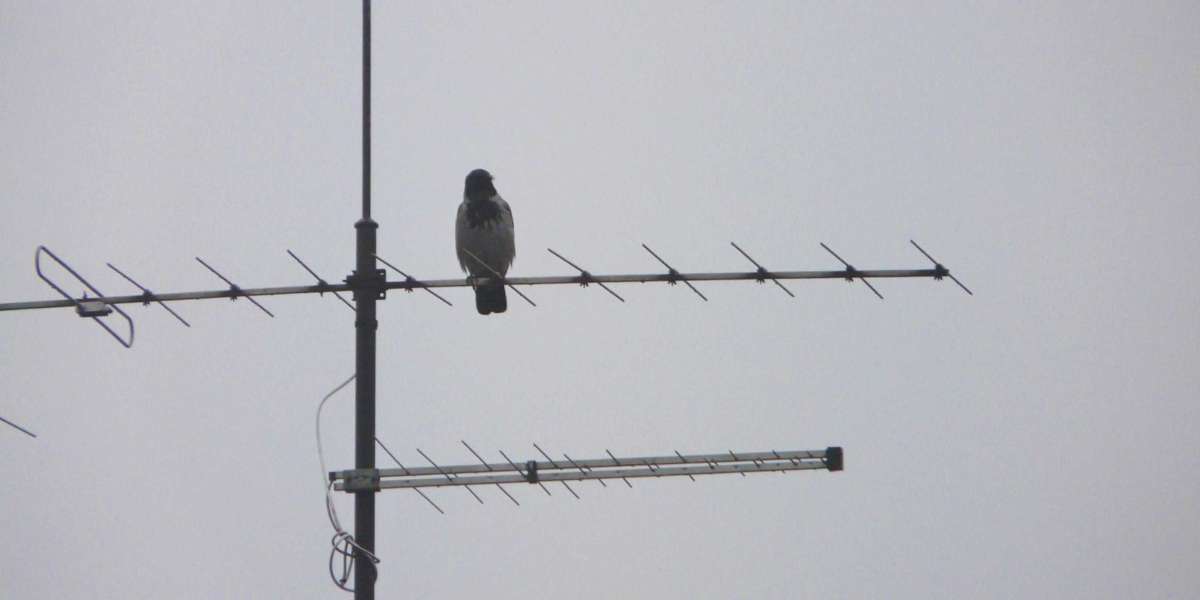With the increasing popularity of cord-cutting, many people are turning to HDTV antennas to access free over-the-air broadcasts. These antennas, especially outdoor models, can provide excellent signal quality and a wide range of channels. However, to ensure that your outdoor HDTV antenna performs optimally over the years, regular maintenance is essential. This article will guide you through the key steps and best practices to maintain your outdoor HDTV antenna for long-lasting performance.
Before diving into maintenance tips, it’s important to understand the basic components and functioning of your outdoor HDTV antenna. Typically, an outdoor antenna consists of the following parts:
- Elements: The metal rods or plates that receive the TV signals.
- Boom: The main support that holds the elements.
- Mast: The pole or structure that supports the antenna.
- Coaxial Cable: The cable that connects the antenna to your TV or converter box.
- Mounting Hardware: Brackets, screws, and clamps used to attach the antenna to the mast or another structure.
Understanding these components will help you better identify and address any issues during maintenance.
Regular Visual Inspections
Performing regular visual inspections is the first step in maintaining your outdoor HDTV antenna. Aim to inspect your antenna at least twice a year, ideally in the spring and fall. Here’s what to look for:
Check for Physical Damage
- Elements and Boom: Look for any bent, broken, or missing elements. Ensure the boom is straight and securely holding the elements.
- Mast and Mounting Hardware: Ensure the mast is upright and securely fastened. Check for rust, corrosion, or any signs of wear and tear on the mounting hardware.
- Coaxial Cable: Inspect the cable for cracks, splits, or signs of weathering. Ensure the connectors are tight and free of corrosion.
Examine the Surroundings
- Clearance: Make sure the antenna has a clear line of sight to the broadcast towers. Trim any trees or branches that might obstruct the signal.
- Antenna Position: Ensure the antenna is still pointing in the correct direction. Strong winds or storms can sometimes shift the position of your antenna.
Cleaning the Antenna
Over time, dirt, dust, and bird droppings can accumulate on your antenna, potentially affecting its performance. Here’s how to clean your outdoor HDTV antenna:
Safety First
- Turn Off the TV and Unplug the Antenna: Ensure your TV is off and the antenna is unplugged from the power source to avoid any electrical hazards.
- Use a Stable Ladder: If your antenna is mounted high, use a stable ladder and have someone hold it for added safety.
Cleaning Process
- Mild Soap and Water: Mix mild soap with water and use a soft cloth or sponge to gently clean the elements and boom. Avoid using harsh chemicals or abrasive materials that could damage the antenna.
- Rinse Thoroughly: After cleaning, rinse the antenna with water to remove any soap residue.
- Dry Completely: Allow the antenna to air dry completely before plugging it back in and turning on your TV.
Weatherproofing Your Antenna
Outdoor antennas are exposed to various weather conditions, which can affect their longevity. Weatherproofing your antenna can help protect it from the elements.
Sealing Connections
- Waterproof Tape: Use waterproof tape to seal all coaxial cable connections. This will prevent water from entering and causing corrosion.
- Silicone Sealant: Apply silicone sealant around the connections and any exposed areas of the antenna to further protect against moisture.
Protective Coatings
- Rust-Proofing Spray: Apply a rust-proofing spray to the metal parts of the antenna to prevent rust and corrosion.
- UV-Resistant Paint: If your antenna is in direct sunlight for extended periods, consider applying UV-resistant paint to protect it from sun damage.
Ensuring Proper Grounding
Proper grounding is crucial for the safety and performance of your outdoor HDTV antenna. Grounding protects your antenna and home from lightning strikes and electrical surges.
Grounding the Mast
- Grounding Rod: Drive a grounding rod into the ground near the antenna mast.
- Grounding Wire: Connect a grounding wire from the antenna mast to the grounding rod. Use a grounding clamp to secure the wire to the rod.
Grounding the Coaxial Cable
- Grounding Block: Install a grounding block where the coaxial cable enters your home.
- Grounding Wire: Connect a grounding wire from the grounding block to the grounding rod.
Ensure all connections are tight and secure to provide effective grounding.
Updating and Replacing Components
Over time, some components of your antenna system may need updating or replacement to maintain optimal performance.
Coaxial Cable
- Replace Old Cables: If your coaxial cable is more than five years old or shows signs of wear, consider replacing it with a new, high-quality cable.
- Upgrade to RG6: If you’re using an older RG59 cable, upgrading to an RG6 cable can improve signal quality.
Signal Amplifiers
- Check Performance: If you’re using a signal amplifier, check its performance regularly. If the signal strength has decreased, it may be time to replace the amplifier.
- Upgrade: Consider upgrading to a more powerful amplifier if you’re experiencing consistent signal issues.
Seasonal Adjustments
Seasonal changes can affect the performance of your outdoor HDTV antenna. Making adjustments based on the season can help maintain optimal performance.
Summer
- Monitor Signal Strength: High temperatures and humidity can impact signal strength. Monitor your signal and make any necessary adjustments to the antenna’s position.
- Clear Foliage: Ensure any new growth of trees or plants isn’t obstructing the antenna’s line of sight.
Winter
- Check for Ice and Snow: Accumulated ice and snow can weigh down your antenna and affect its performance. Carefully remove any buildup using a broom or brush.
- Inspect for Damage: Winter weather can cause physical damage to your antenna. Perform a thorough inspection after any severe weather events.
Troubleshooting Common Issues
Even with regular maintenance, you may encounter issues with your Indoor and Outdoor Digital hdtv Antenna to improve results. Here are some common problems and how to troubleshoot them:
Weak Signal or No Signal
- Check Connections: Ensure all cable connections are tight and secure.
- Reposition Antenna: Adjust the antenna’s position to improve signal reception.
- Scan for Channels: Perform a channel scan on your TV to update the available channels.
Intermittent Signal
- Inspect Cables: Check for damaged or loose cables.
- Avoid Interference: Ensure there are no electronic devices near the antenna that could cause interference.
Pixelation or Distorted Picture
- Clean the Antenna: Dirt or debris on the antenna can cause signal issues.
- Amplifier Issues: If using an amplifier, check if it’s functioning properly or consider replacing it.
Professional Maintenance
While many maintenance tasks can be done by homeowners, some situations may require professional assistance.
When to Call a Professional
- Complex Installations: If your antenna is mounted in a difficult-to-reach location or requires complex adjustments.
- Electrical Issues: If you encounter any electrical issues or are unsure about grounding.
- Persistent Problems: If you’ve tried troubleshooting and still experience signal issues.
Maintaining your outdoor HDTV antenna is essential for ensuring long-lasting performance and optimal signal quality. By performing regular inspections, cleaning, weatherproofing, grounding, and troubleshooting, you can keep your antenna in top condition for years to come. Remember, safety is paramount, so don’t hesitate to call a professional for any tasks that are beyond your comfort level. With proper care and maintenance, your outdoor HDTV antenna will continue to provide you with high-quality, free over-the-air broadcasts.














